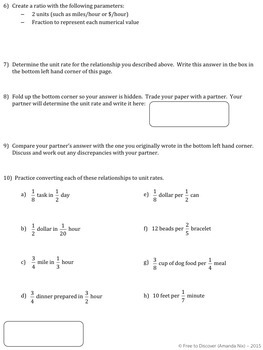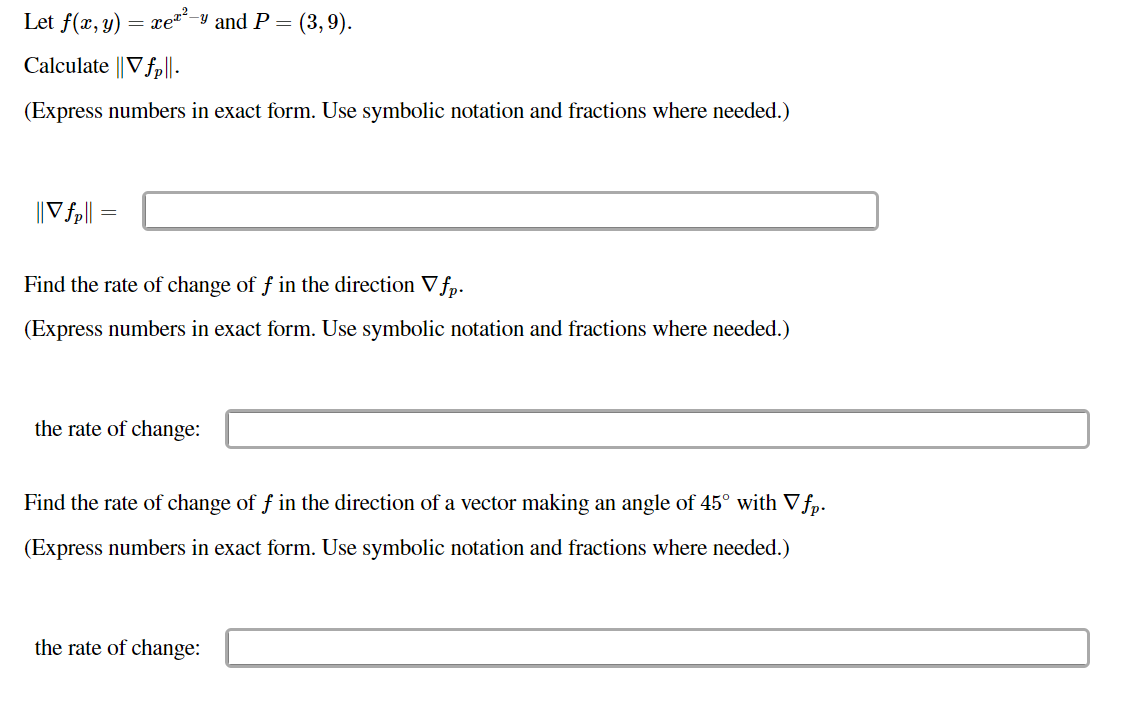

Calculate the ratio of the infant mortality rate in Delaware to that in New Hampshire. You could also divide each value by 1.25, and express this ratio as 1 clinic for every 8,000 persons.Įxample B: Delaware’s infant mortality rate in 2001 was 10.7 per 1,000 live births.( 2) New Hampshire’s infant mortality rate in 2001 was 3.8 per 1,000 live births. To get a more easily understood result, you could set 10 n = 104 = 10,000. Calculate the ratio of clinics per person.ĥ00 ⁄ 4,000,000 × 10 n = 0.000125 clinics per person So the ratio of non-diabetics to diabetics cited in the previous example is more likely to be reported as 16.7:1 than 3,151:189.ĮXAMPLES: Calculating Ratios for Different VariablesĮxample A: A city of 4,000,000 persons has 500 clinics.

Usually, the values of both the numerator and denominator of a ratio are divided by the value of one or the other so that either the numerator or the denominator equals 1.0.
#Unit rate with fractions calculator free#
In other words, you are free to use a ratio to compare the number of males in a population with the number of females, or to compare the number of residents in a population with the number of hospitals or dollars spent on over-the-counter medicines.

As a descriptive measure, ratios can describe the male-to-female ratio of participants in a study, or the ratio of controls to cases (e.g., two controls per case). In epidemiology, ratios are used as both descriptive measures and as analytic tools. Ratios are common descriptive measures, used in all fields.Ratio = 3,151 ⁄ 189 × 1 = 16.7:1 Properties and uses of ratios Calculate the ratio of non-diabetic to diabetic men. Of the men enrolled in the NHANES follow-up study, 3,151 were nondiabetic and 189 were diabetic.


 0 kommentar(er)
0 kommentar(er)
